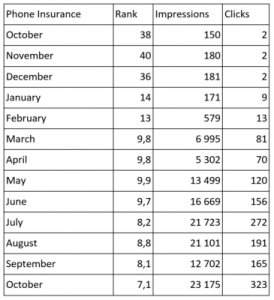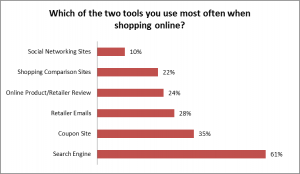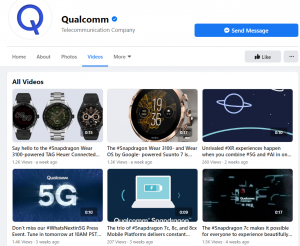Seasonal campaigns are a favorite among retail marketers. Adjusting budgets, messages, and promotions for the summer months or the winter holidays can often result in big spikes in sales.
However, it isn’t enough to run a yearlong campaign that fluctuates with the seasons: marketers need to understand how their audience engages with each season in order to see success.
Here are some tips for planning your next seasonal campaign using social intelligence.
Let your audience guide your seasonal content
Anthropologie, the clothing retailer, uses a strong understanding of its audience to inform its blog and social media content. The company knows that its audience is young, hip, creative and aspires to be unique – in the clothing they buy, as well as other areas of their lives. In summertime, its blog posts, Twitter, Facebook and other social profiles recommend off-the-beaten-path books to read accompanied by cool, bespoke beverages, outdoor activities and grill-friendly meals. Winter sees warm, spicy drink recipes and handmade gift ideas.
By building comprehensive buyer personas that represent your target markets, you can create seasonal content that goes beyond “5 ways to have fun at the beach” and truly speaks to the needs, desires and values of your customers.
Discover your audience’s purchase behavior
How a consumer makes a purchase decision is becoming increasingly complex, and increasingly influenced by their life on the social web. In fact, 36 cents of every dollar spent in a retail store is influenced by digital interactions.
When planning a seasonal campaign, it is important to understand the entire lifecycle of your target audience, not just the end purchase action. How do they discover new brands and products? What websites do they look to for reviews and recommendations? Are they more or less likely to look for vacation deals in the summer or the winter?
Different audience segments interact with seasonal campaigns in different ways. For instance, 72 percent of millennials research their options online before going to a physical store to buy, while other groups might prefer to use their smartphone in stores to compare deals.
Your audience will exhibit different purchase behavior depending on the time of year they are making their decisions, so use this information to better target and tighten your campaign.
Time your promotions right
A typical retail seasonal campaign promotion might look something like this:
- Tease the unveiling of your latest fall fashion line in tweets and email newsletters
- Blast out excited promotional messaging when the line launches
- Continue to sporadically remind your customers about the fall line throughout the season
- Wrap up the promotion by holding a clearance event near the end of the season
There’s nothing wrong with this structure – as long as your audience informs the timing.
You can explore your audience’s intent to purchase, which is often shared publicly on Twitter and other social networks, to determine when to move into different phases of your promotion. One audience segment might be willing to pay a premium to be the first to own your product while another segment might express a desire for clearance deals. Timing your promotions to match these expressions of intent will make sure they hit home with an audience’s willingness to make a purchase.
Seasonal campaigns have the potential to provide explosive growth in sales, but that growth will be short-lived if campaigns are not informed by social intelligence.
Business & Finance Articles on Business 2 Community(102)







